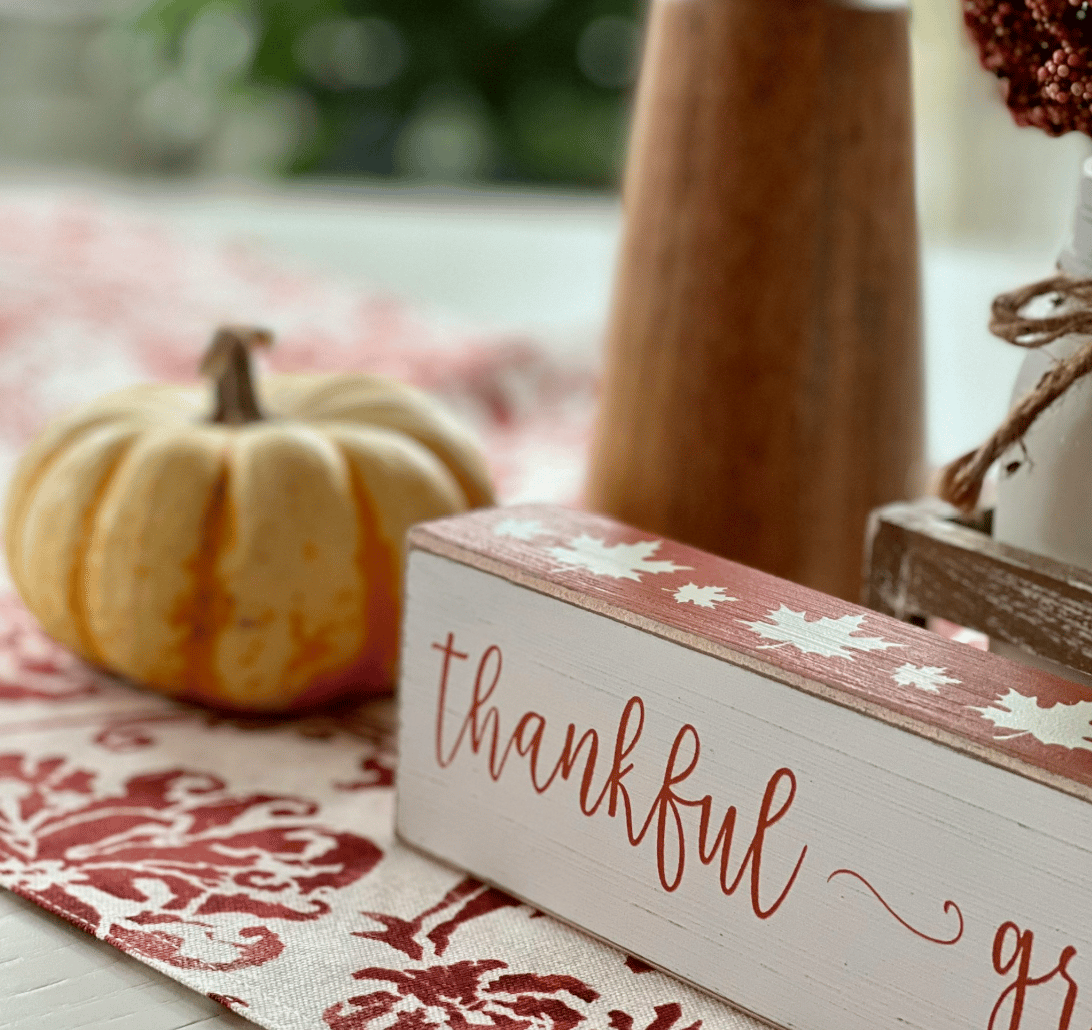
Understanding Homeowners Insurance: A Comprehensive Guide
Laura Jewett August 25, 2025

Laura Jewett August 25, 2025
Owning a home is one of the biggest investments you’ll ever make—and protecting it is essential. That’s where homeowners insurance comes in. Whether it’s fire, theft, or storm damage, the right insurance policy can save you from major financial loss. But how exactly does homeowners insurance work, and what type of coverage should you consider? Let’s break it down.
Homeowners insurance covers you for unexpected losses at your home or property. A standard policy may include:
Repairs or rebuilding costs for your home and other structures (like fences or detached garages)
Replacement of personal belongings damaged or stolen
Coverage for medical or legal fees if an accident happens on your property
Living expenses if a covered loss forces you to temporarily live elsewhere
Having a policy gives you peace of mind knowing your home, belongings, and liability are protected.
A peril is an insurance term for a specific risk or cause of loss. Your policy only pays for damage caused by covered perils.
The most common type of policy, HO-3 (Special Form), typically covers:
Fire and smoke
Lightning
Wind or hail
Freezing
Theft
Vandalism
However, most standard policies do not cover floods or earthquakes, so you may need separate insurance for those risks depending on where you live.
If you have a mortgage, your lender will require you to carry homeowners insurance until the loan is paid off. If your home is paid in cash, no laws mandate coverage, but keeping a policy is highly recommended to protect your assets.
The cost of a policy depends on several factors:
Age and size of your home
Condition of the property
Location and risk factors (crime, weather, natural disasters)
Premiums can be paid monthly, quarterly, or annually. In many cases, lenders include the premium in your monthly mortgage payment and place it into escrow to pay your insurer directly.
When you file a claim, the amount you receive depends on the type of reimbursement in your policy:
Pays for repairs or replacements minus depreciation (wear and tear, age).
Often used for personal belongings.
Example: A $1,500 table bought 5 years ago may only be worth $750 today. If it’s damaged, you’ll be reimbursed for $750.
Pays the full cost to repair or replace at today’s prices.
Many insurers first pay ACV, then reimburse the difference when you provide receipts.
Example: If it costs $375,000 today to rebuild your home, you’ll be reimbursed for that amount (up to your policy limit).
Pays the full cost to rebuild your home, even if it exceeds your coverage limit.
Extended coverage typically adds 10–20% above your limit.
Example: If your home is insured for $500,000 but rebuilding costs $750,000, a 20% extended policy would cover $600,000.
For most homeowners, insurance premiums are not tax deductible. However, exceptions may apply if you:
Run a business from your home
Rent out part of your property
Suffered a loss from a presidentially declared disaster (which may qualify for a casualty loss deduction)
Always consult a tax professional about your unique situation.
Homeowners insurance is more than just a requirement—it’s a safety net that protects your home, your belongings, and your peace of mind. Understanding the difference between actual cash value, replacement cost value, and guaranteed replacement cost can help you choose the best coverage for your needs.
👉 If you’re shopping for homeowners insurance, compare policies carefully and talk to an agent to make sure you’re covered for the perils that matter most to you.
Stay up to date on the latest real estate trends.






Investor Resources



Supporting your real estate goals with comprehensive information and expert advice. We look forward to the opportunity to serve you! Work with the team now!